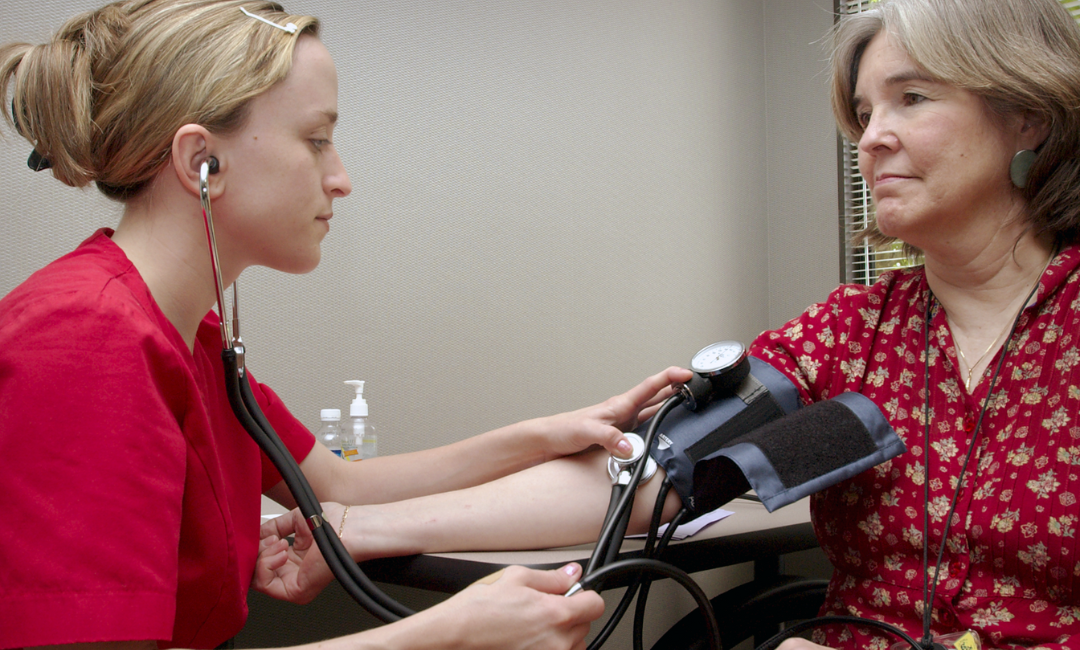How Does Group B Strep Affect Pregnancy?
Upon arrival to labor and delivery, the GBS status of a patient will be reviewed. Patients will be identified with either a positive, negative, or an unknown GBS status.
Intrapartum antibiotic prophylaxis is performed when indicated with Penicillin as the first-line antibiotic and Ampicillin used as an acceptable alternative. Patients with a history of a Penicillin allergy may receive Cefazolin, Clindamycin, Erythromycin, or Vancomycin based on clinical opinion.
Prompt IV access should be prioritized when intrapartum antibiotic prophylaxis is indicated in patients in order to achieve antibiotic prophylaxis before delivery. Successful antibiotic prophylaxis is obtained when one course of antibiotics is administered at least 4 hours before delivery.
Intrapartum antibiotic prophylaxis indicated:
-GBS culture collected after 35 weeks gestation is positive
-Previous infant with invasive GBS disease
-GBS bacteriuria during any trimester of the current pregnancy
-Unknown GBS status
No intrapartum antibiotic prophylaxis indicated:
– Negative GBS culture after 35 weeks gestation
-C-section prior to rupture of membranes or active labor








